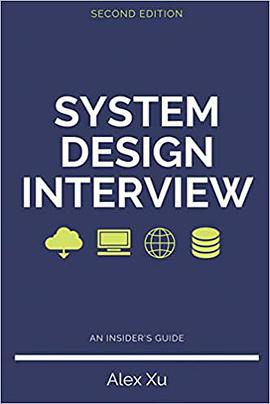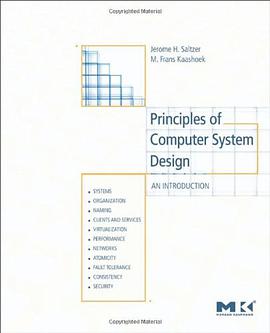System Design Interview 豆瓣 谷歌图书
8.4 (11 个评分)
作者:
Alex Xu
Independently published
2020
- 6
其它标题:
System Design Interview
The system design interview is considered to be the most complex and most difficult technical job interview by many. Those questions are intimidating, but don’t worry. It's just that nobody has taken the time to prepare you systematically.
We take the time.
We go slow.
We draw lots of diagrams and use lots of examples.
You'll learn step-by-step, one question at a time.
Don’t miss out.
What’s inside?
- An insider’s take on what interviewers really look for and why.
- A 4-step framework for solving any system design interview question.
- 16 real system design interview questions with detailed solutions.
- 188 diagrams to visually explain how different systems work.
We take the time.
We go slow.
We draw lots of diagrams and use lots of examples.
You'll learn step-by-step, one question at a time.
Don’t miss out.
What’s inside?
- An insider’s take on what interviewers really look for and why.
- A 4-step framework for solving any system design interview question.
- 16 real system design interview questions with detailed solutions.
- 188 diagrams to visually explain how different systems work.

